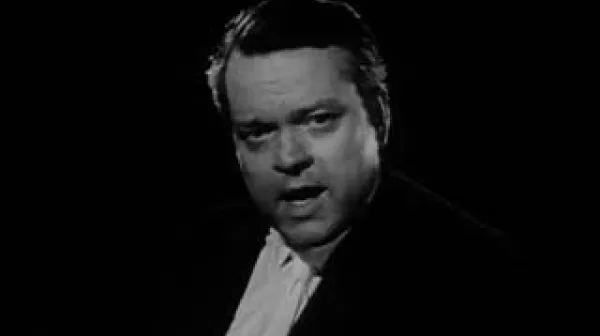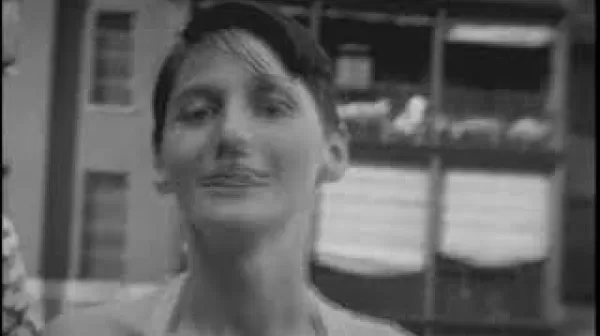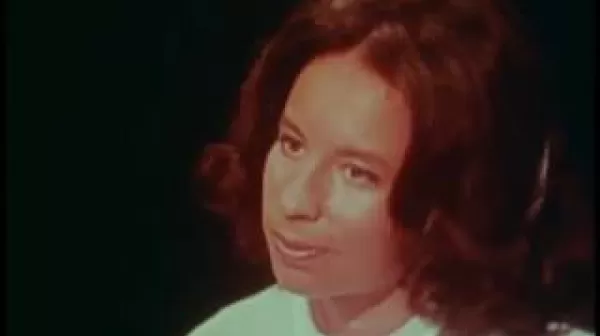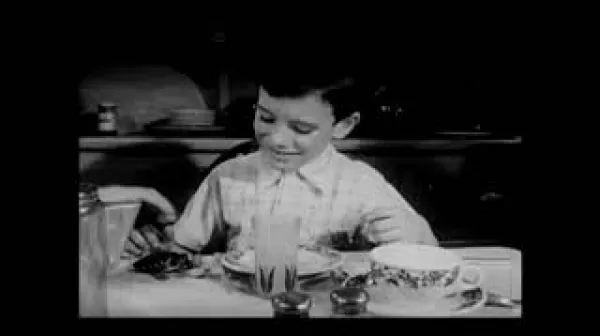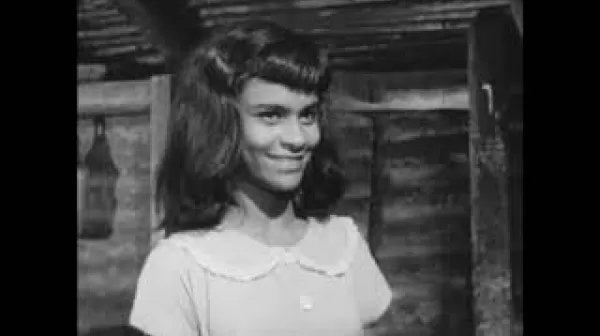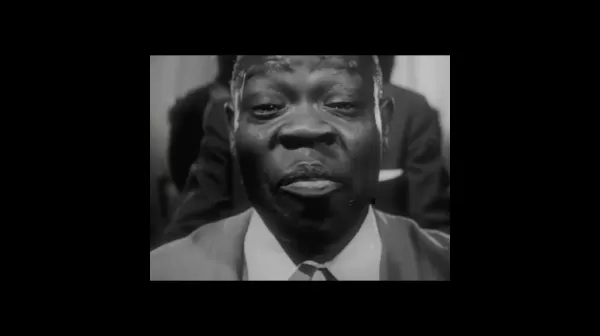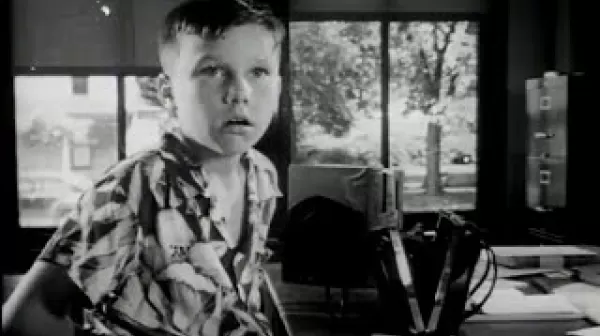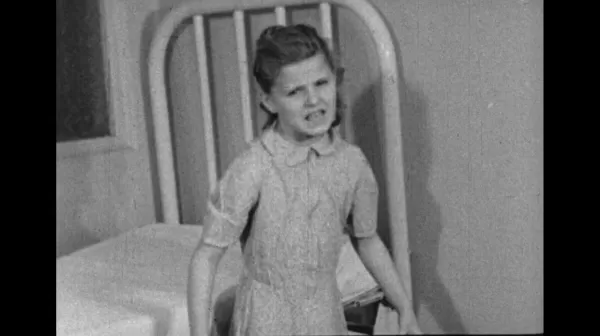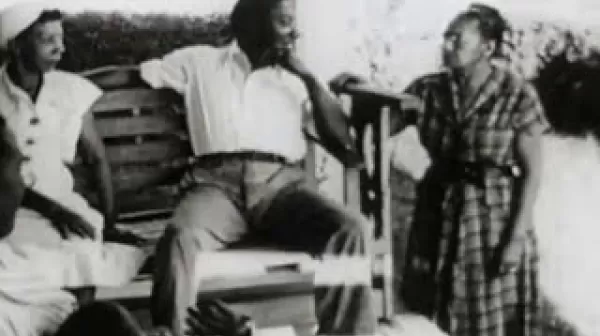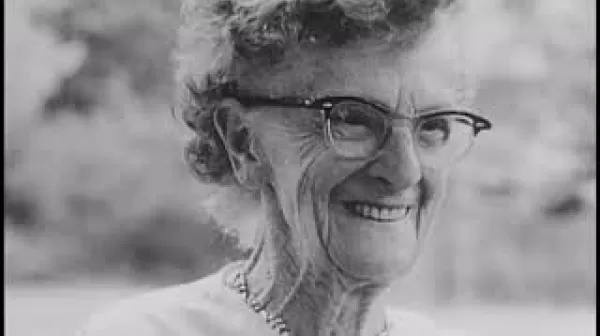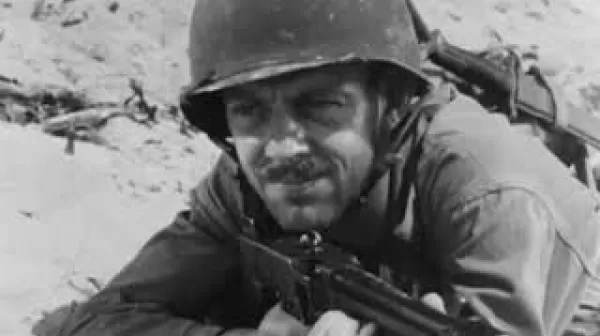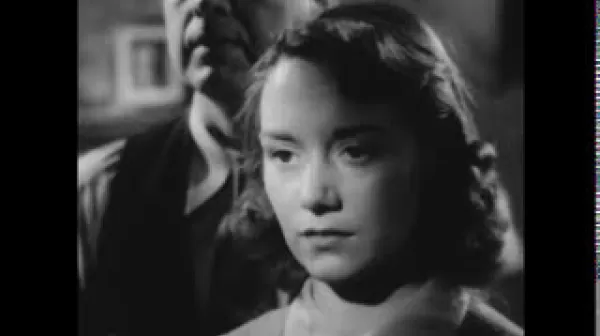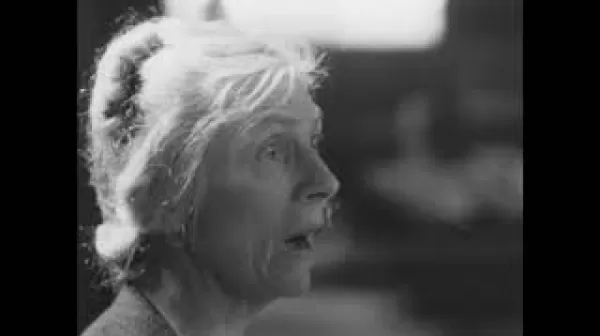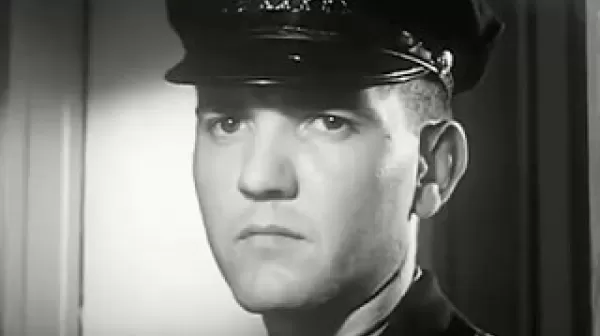Out of Darkness (Columbia Broadcasting System, 1956)
Filmed in the Metropolitan State Hospital in Norwalk, Calif., this film is an actual record of three months in the life of one of the patients. It is composed largely of filmed psychotherapeutic sessions, in which a young woman, acutely ill with catatonic schizophrenia, is gradually started on her way to recovery. William C. Menninger is the medical narrator. Learn more about this film and search its transcript at NLM Digital Collections: http://resource.nlm.nih.gov/9605878.

